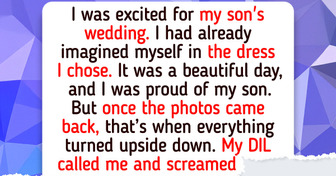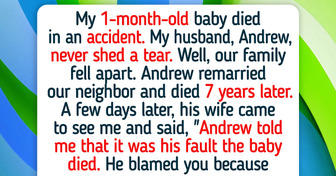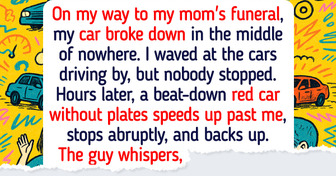I Refuse to Help My Homeless Mom After She Spent All Her Retirement Money on My Sister

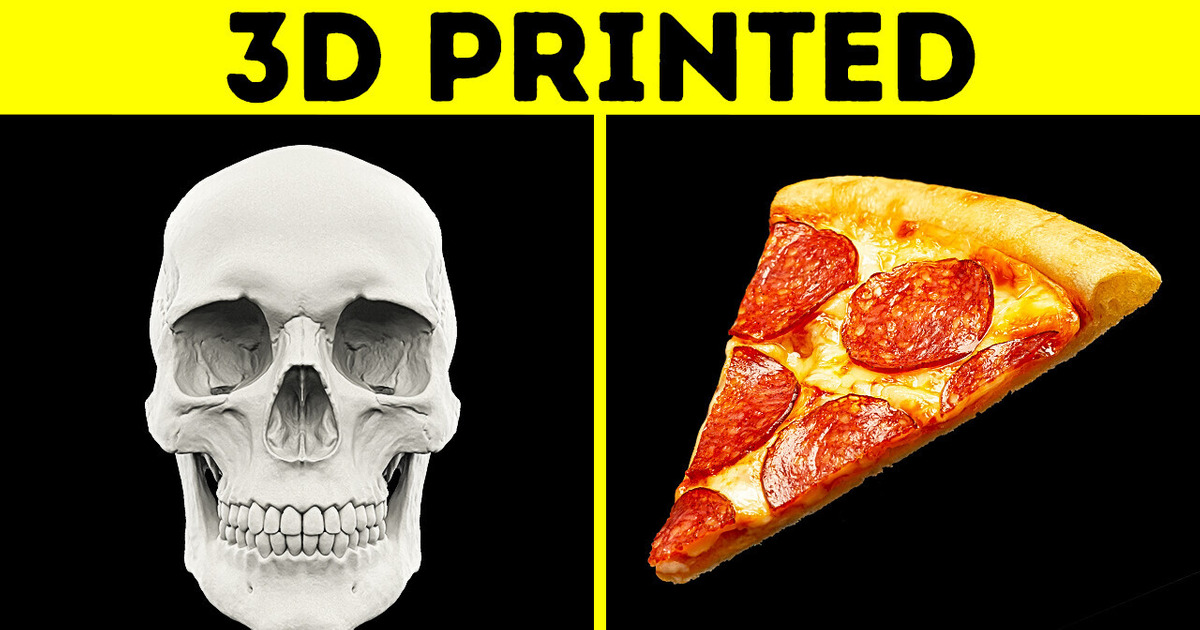
Is the 3D printing revolution here to stay, or is it merely a trend? Well, let’s think about this, shall we? Think of 3D printers as sandwiches. Mmmm! Instead of putting layers of food ingredients, put one layer of some substance over another. The printer knows what to do based on a computer-aided design.
The 3D printing journey started in the late 1980s. Although different people and companies invested in 3D printing before Charles Hull, he is known as the first one to create a prototype and get the patent. It would have cost you around $300,000 to get a 3D printer back then. Today, you can get an advanced 3D printer for a substantially lower cost, around $1,800. I mean, there are even $49 3D printers available, so the scope is vast.
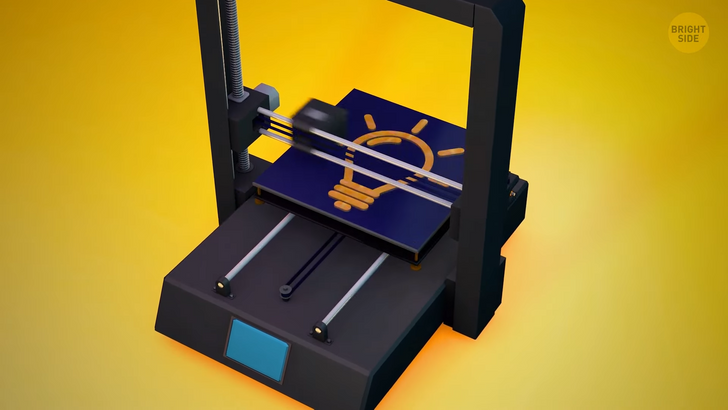
Okay, but how did 3D-printing become something common instead of remaining an inaccessible technology? Because the patent entered the public domain in 2009. Then more companies were able to create a variety of 3D printers. Ultimately, the technology became more accessible. As the cost of 3D printers declined, the demand increased.
3D printers were commonplace in homes and businesses already in the 2010s. People became free to create new products on their own, without relying on companies. In today’s world, 3D printers are used in many cool ways. For instance, scientists make 3D-printed limbs and kidneys. Let’s take a closer look at some of the fascinating things made with this tech.
It’s possible to 3D print a house. Yeah, these machines can use different substances, such as bioplastic, concrete, or clay, to build structures. A company named Alquist makes affordable, sustainable, innovative homes using 3D printing technology in rural areas.
The houses vary in size from 1,300 to 1,500 square feet. There are single-family, multifamily, mixed-use, and senior-living homes. In Germany, the construction of the first ever fully certified 3D printed house is completed. Another example is from a Chinese company called WinSun. They built a five-story residential apartment building.
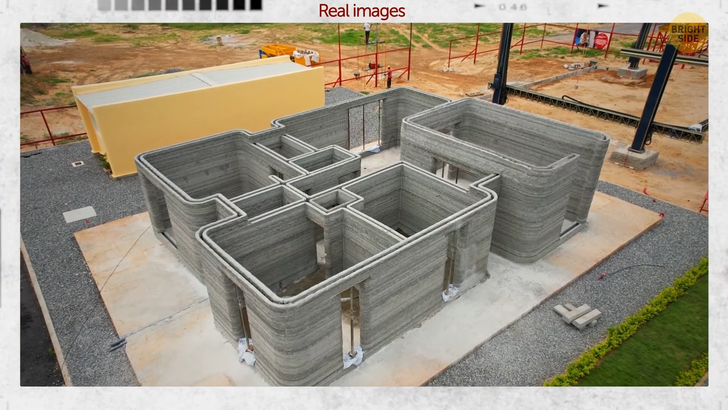
Scientists can create human bio-tissues with the help of 3D printers. Now listen up. In one lab, for instance, they made a human ear from the patient’s cellular components. So, 3D printing is both fascinating scientific progress and the opportunity for people to create cool stuff. Thank you, consumer-friendly 3D printer manufacturers, for opening the gate to accessible 3D printers!
Here is a woman who 3D-printed a cast so that she could take a shower while still wearing it!
A fun example: a Pokémon ball.
This one is the result of a family experiment. They built a life-size droid. Turns out droids are quite big!
This person 3D printed a model of their colon using data extracted from an MRI scan taken before the organ was removed. A gift to their surgeon for saving their life. I’d have loved to see the doctor’s face when he opened that box!
MRI scan data is quite popular among people. Here is another example. This time it’s a brain.
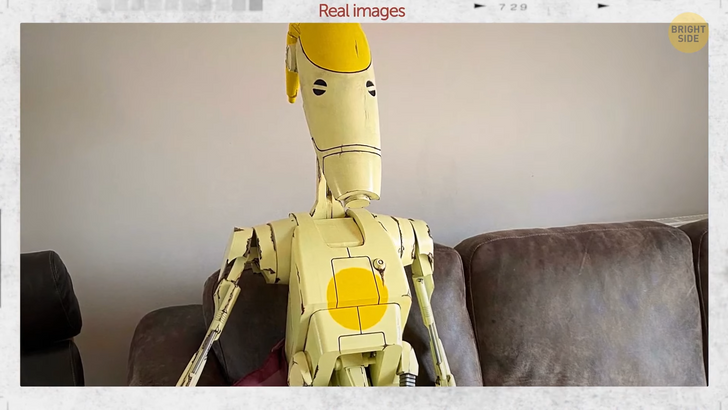
Who wants to make a 3D-printed maze? This person started this project by 3d printing the model using a plastic called PLA. Then he coated it 10 times with a ceramic material. After that, he went through other processes, like melting bronze. In other words, he used 3D printing to start the maze but made it cooler by using other materials.
Welcome to the uncanny valley. A South Korean 3D printing and design service provider has mass-produced several ultra-realistic robots. The humanoids were made for an installation for a local designer eyewear brand. The mechatronic artwork is designed to simulate a robotic assembly line at a factory.
Researchers in Ireland 3D-printed objects using cheese. They put Easy Cheese on the printer nozzle and printed “cheesy” designs with it. Unfortunately, the designs were mostly flat because, you know, cheese isn’t the most permanent printing substance.
Chocolate, on the other hand, is great for 3D printing because it can be layered while melted and then easily hardened. There are now several companies that sell 3D-printed chocolate.
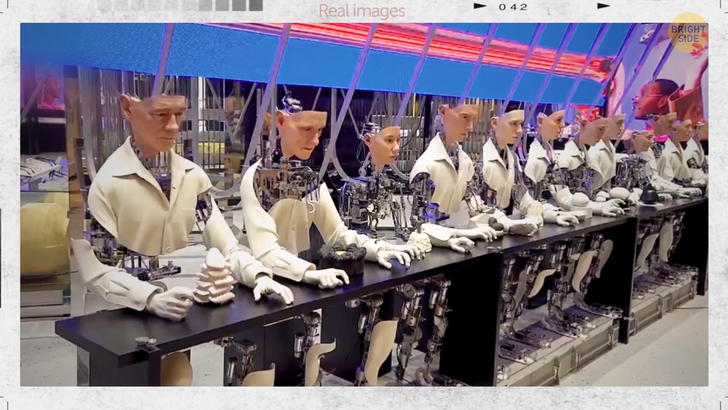
Another edible printing idea is pizza. A printer was equipped with 3 nozzles that dispensed liquid dough, tomato sauce, and cheese. In under 5 minutes, the pizza was ready for baking. Researchers said they could even control how crispy the crust was thanks to the 3D printer.
These are real foods, but how about “synthetic food”? Are we there yet? NASA has funded an initiative to print food that astronauts could eat in space. Experts say that the food’s taste is still not very appetizing. But the idea has potential. Imagine what it would be like to start printing food at home.
Wearing a 3D-printed bikini is now an option. Textiles are very difficult to print. Yet, one company made it possible. They made the bikini using a material called Nylon 12, which is strong, flexible, and waterproof. The company also prints some shoes.
A 3D printer has printed a 3D printer. I mean, the machine didn’t print the entire thing at a time, but people have printed all of its individual parts, and then they put all the pieces together.
Here is a 3D-printed titanium trail bike that was built in the UK. Imagine a time when you’ll put a 3d printer in your garage and print your customized bike.
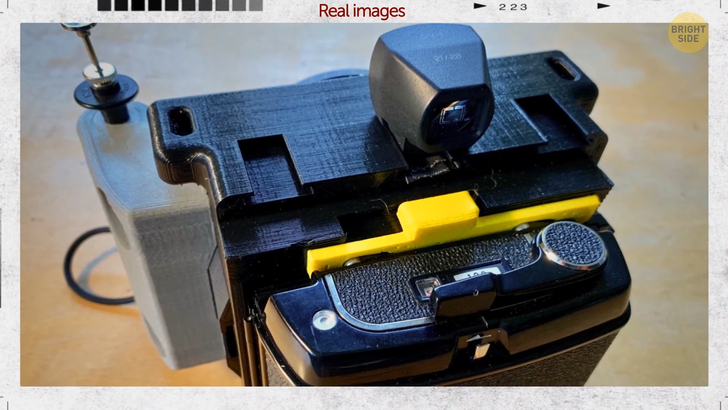
An idea that supports a more sustainable world. You can easily collect rainwater with this small apparatus. The product slots into the drainpipe. It has a small mechanical filter that keeps leaves or dirt from blocking the drain.
If you like taking pictures, this might be for you. Why not print a camera instead of spending money on it? All you need is a Mamiya Press lens. Then you can print out the rest of the pieces and assemble them. You can even find the instruction. You just need to download a PDF file. Then arrange the settings of your printer accordingly.
Let’s cross the world’s first 3D-printed footbridge in Europe. Researchers and engineers at Imperial College London were able to 3D-print this bridge. Using it, pedestrians and cyclists can go to the other side of a canal in Amsterdam. The bridge is almost 40 feet long.
The next one is for Game of Thrones fans specifically. A 3D printed door stopper with the word “Hodor.” Like in “hold the door”. I guess.
This kitten has custom 3D-printed wheels. The purrrrrrrrrfect little set-up to help.
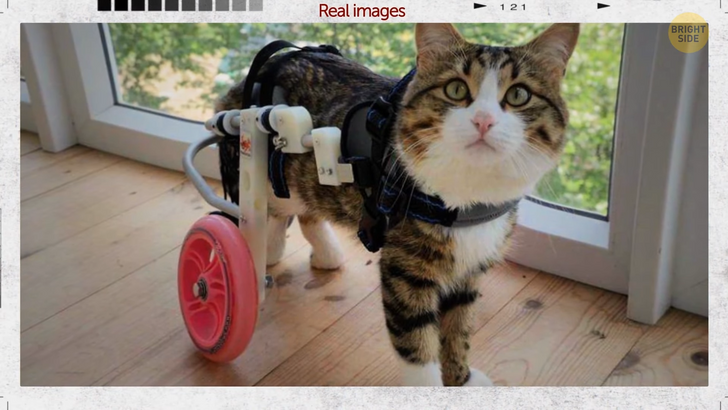
This is a 3D-printed electric violin.
Captain America’s shield can also be printed — because why not?
Taking a shower with this 3D-printed T. REX skull shower head might probably be interesting.
The next one is a Formula 1 car. But this one is super tiny. What about 3D-printed art? An artist uses 3D printing to create classical sculptures with a touch of surrealism and some contemporary themes.
Researchers at the University of California, Berkeley, discovered how to 3D print solid objects from liquid and light. They used a gooey liquid that transformed into a hard matter when it was exposed to a certain amount of light. The scientists used light beams to sculpt figures within the liquid. It’s easier to print bendable items with this technique. Plus, the objects printed this way turn out smoother than other things 3D-printed with the help of traditional methods.


